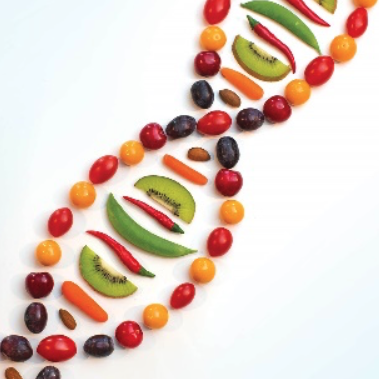
What most people think is that our genetic makeup, or our DNA, decides how we look and behave. A few genes decide simpler traits like color of the eyes, or the height. Several genes are involved in more complex traits like temperament or IQ. However, what most people do not know is the influence of environmental factors in the development of our traits in addition to genetic factors. Environmental factors may be what you eat, or what your mother ate while being pregnant with you, stress levels, smoking, substances in the environment etc. An important question is: How is it possible to disentangle the effect of genes and/or environment on different complex traits?
One way of doing this is by utilizing epidemiological data, large national registries, that include information of the entire population. As randomized controlled trials are unethical, quasi-experimental designs (e.g., twin, sibling, and cousin comparison analyses) are used to rule out unmeasured familial factors (the effect of genes versus environment). These designs utilize that genes are shared between relatives. Monozygotic twins share 100%, dizygotic twins and siblings share 50%, half-siblings 25% while cousins share 12.5% of the genes on average. By utilizing the partly shared genetics in relatives, and shared versus non-shared environment, it is possible to study the separate effect of genes and the effect of environment using different generational designs.
Another way to disentangle genetic versus environmental influence on a specific or more complex trait is to use prospective data from large health surveys that include genetic data from saliva or blood samples in addition to information about environmental factors. One of these studies is The Norwegian Mother, Father, and Child Cohort Study (MoBa). MoBa is a large pregnancy observational study. Biological samples were collected from all mothers and their offspring, and from some of the fathers.
In our project called Eat2beNICE, we are studying the effect of environmental factors and the effect of genetics. More specifically, we study the moderating effect of the mother’s food intake (environment) during pregnancy on the genetics of child behavior. And for this study, epidemiological and genetic data from the MoBa will be used. Here we will calculate polygenic risk score (previous blog) and study the effect of nutritional factors on the genetics of child behavior. Dietary factors are modifiable environmental factors and suggested a key strategy for the prevention of neurodevelopmental disorders in the long-term. Some of the dietary factors may be tentative risk-related/harmful or protective factors.
